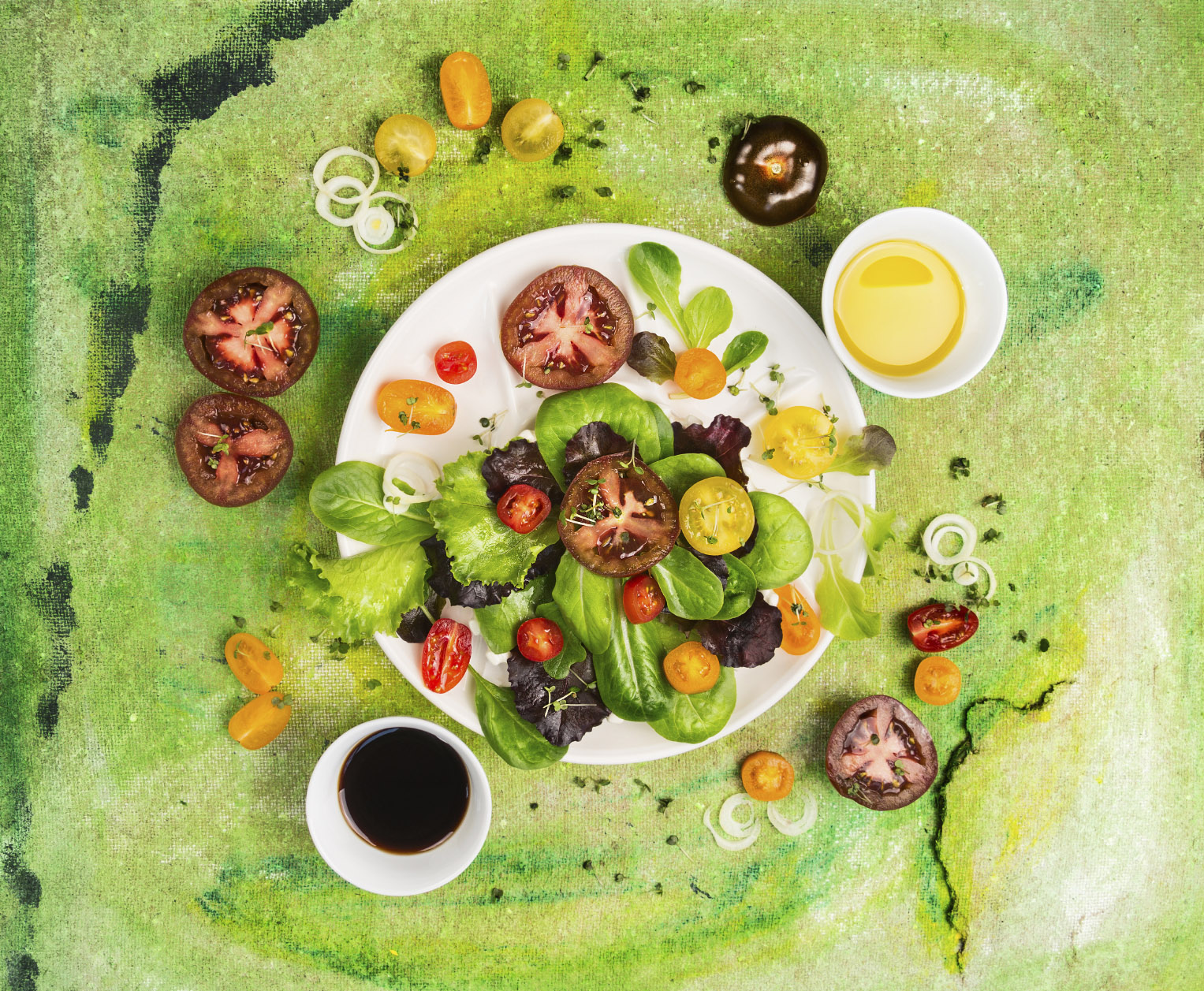What is "dressing"? And why use it instead of the usual dressing in salads and vegetables? Our tips and 5 ideas for you
In Italy vegetables are mainly seasoned with oil and salt, at the limit with a few drops of simple or balsamic vinegar, some aromatic herbs and lemon juice.
But even if we move to other European countries or other continents, condiments become many and different and are called dressing.
From boiled potatoes to cesar salad
The cesar salad is the typical American salad with chicken, croutons and parmesan. You can season it with oil and salt, of course, but if you want to eat it as the Americans eat it, you must enrich it with a typical yogurt dressing.
And the potatoes? Have you ever combined them with sour cream as is used in northern Europe?
And have you ever tried serving as an aperitif raw vegetables cut into sticks with tasty sauces made with avocado, chickpeas, beetroot or other types of vegetables, legumes and fruit?
Why choose the dressing
Not convinced yet? Well, then to convince even the most skeptical of you to try to use the dressing we can say with almost scientific certainty that the Italian method of dressing salad is completely wrong.
Oil and vinegar, in fact, should never be added separately on the salad because being one fat and the other an acid remain separated. The oil sticks to the leaves while the vinegar separates into many droplets and does not stick to the vegetables.
Therefore, it is better to use a dressing, that is an emulsion in which the two condiments are quickly mixed before being added to the salad. Practically put oil and vinegar in a bowl and mix with a mixer.
The idea of dressing is none other than this, create an emulsion with a fat and an acid ingredient.
Then everyone can do it the way they want, or with the classic oil and vinegar (or lemon), or with many other seasonings.
Here, then, some recipes to prepare easy dressing, fast and light that will make your vegetables special. Always use fresh ingredients and prepare your condiments at home. Beware of the ready-made ones you find at the supermarket. We do not suggest the classic guacamole, hummus and tzaziki that we all know by now and that are better combined with more structured dishes than a simple salad, but with unusual sauces perfect for seasoning raw or steamed vegetables.
